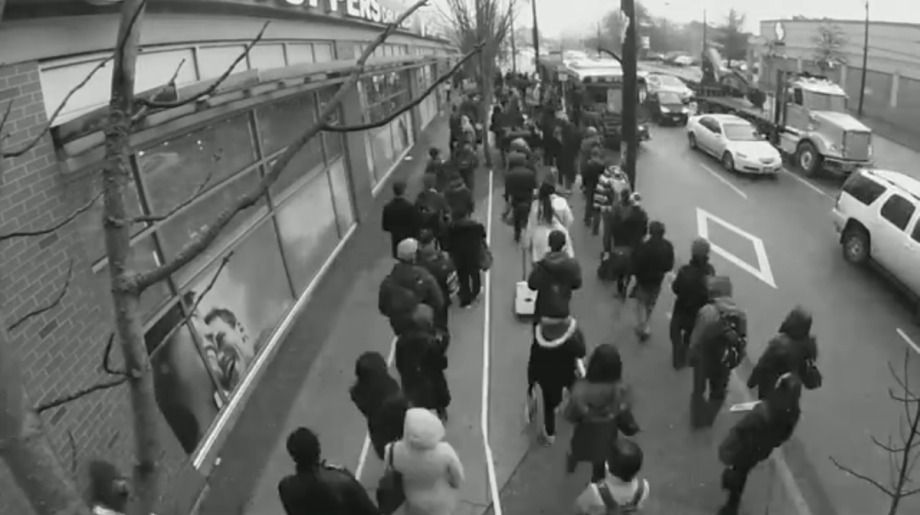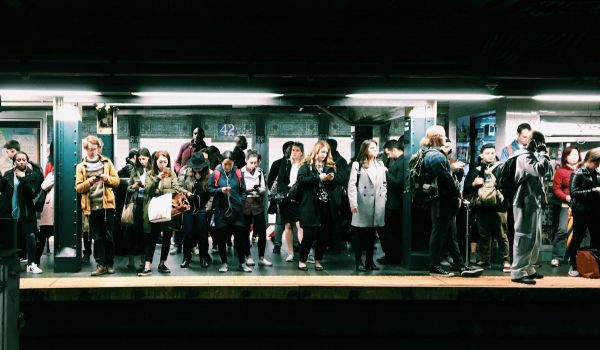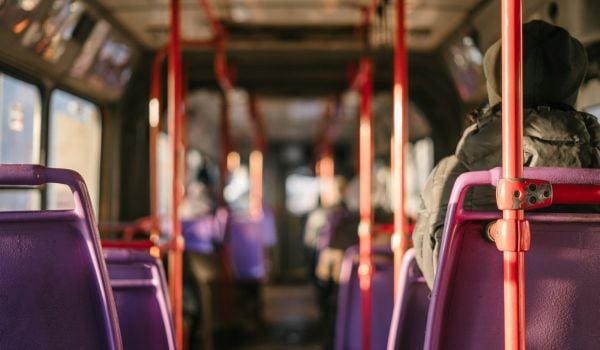Earlier this week, we shared a time-lapse video showing the comings and goings of the Google bus at one San Francisco street corner. We mentioned the existence of a similar video of a Vancouver bus station, but noted that it wasn’t available online. Due to overwhelming public demand, however, that’s no longer the case. Here it is.
The video, shot by the firm Nelson\Nygaard, captured transportation designers trying out different techniques for controlling queues on a Monday morning in January. It offers another look at how this technique of compressing time can reveal much about how we humans use spaces:
The stop in question is a connection point between Vancouver’s SkyTrain system and the city’s bus rapid transit. The articulated bus in the video has three doors, and the goal was to see whether passengers lining up to board could be encouraged to avoid blocking the sidewalk or snaking back into the station, as they had done prior to the experiment.
The video begins without any involvement from the planners. Early on they add theater stanchions, which don’t seem to do much good. But about a minute in the planners lay down yellow tape, and in the words of Nelson\Nygaard’s Paul Supawanich, “people start to fall in line.” They begin queuing up in neat fashion, even after volume considerably increases as the morning wears on.
In this sort of situation, Supawanich notes, some kinds of design interventions don’t have a great deal of effect. Commuters will ignore signage, expecting that after months or years in the habit they know where they’re going. People, too, will generally decide the fastest way to get onto the line, no matter the pointers provided. But tape a line on the ground, and we are willing to stack ourselves in careful order.
“The upshot here,” Supawanich writes in an email, “is that we didn’t need to build any fencing, infrastructure, etc., and simple lines on the ground were enough to manage an orderly queue while managing to enable pass-through traffic on the sidewalk.”
The designers remove the tape around the 3:30 mark, and the commuters revert to their fairly messy queuing.

Nancy Scola is a Washington, DC-based journalist whose work tends to focus on the intersections of technology, politics, and public policy. Shortly after returning from Havana she started as a tech reporter at POLITICO.
















